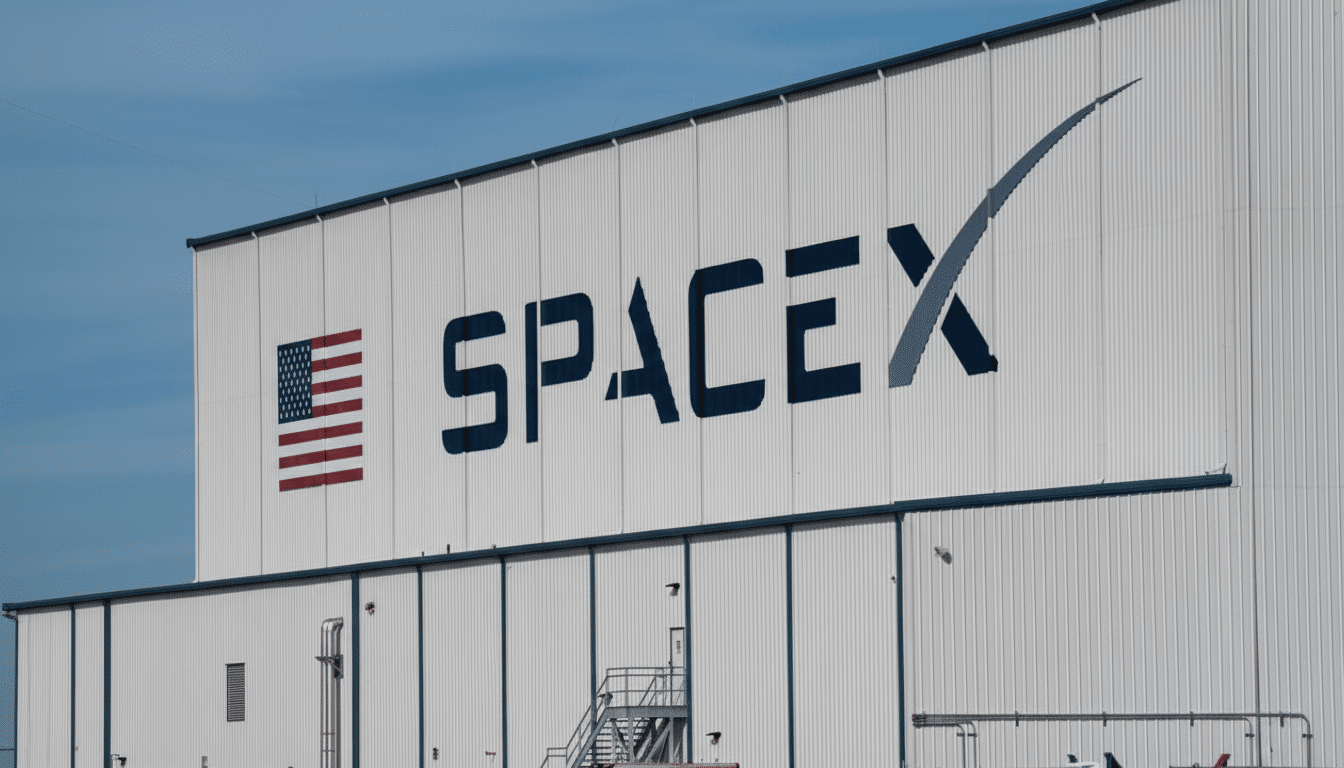SpaceX has signed a deal to buy up to $17 billion worth of wireless and Mobile Satellite Service spectrum from EchoStar, in a bid to help the company become less dependent on terrestrial carrier partners and to speed up its plans for Starlink direct-to-phone services. The deal consists of $8.5 billion in cash and $8.5 billion in SpaceX stock; This includes $2 billion that will be used to help cover interest payments on EchoStar’s debt that is still outstanding, according to people briefed on the deal.
The agreement is for EchoStar’s AWS-4 and H-block licenses – some 50 MHz of valuable mid-band airwaves, including related MSS rights – that SpaceX says are crucial to support “optimized 5G protocols” for its Direct to Cell service. Together with Starlink’s expanding second-generation satellites, the spectrum is to be used to provide text, voice, and, eventually, broadband-quality data connections directly to ordinary smartphones.

What SpaceX is really buying
The AWS-4 band is at approximately 2 GHz (2 uplink in 2000–2020 MHz range and 2 downlink in 2180–2200 MHz), although traditionally assigned for MSS but 3GPP-spec’d for terrestrial use. It is adjacent to the U.S. PCS band (uplink 1915–1920; downlink 1995–2000), a neighborhood many mass-market phones use. These frequencies combined give SpaceX a unique combination: rights from satellites with the possibility of broad handset compatibility, if device manufacturers include relevant bands via a firmware or silicon update.
That compatibility matters. Starlink’s initial “direct to cell” demos — along partner carriers — leveraged spectrum handsets they were already tune to as to not modify phones. If SpaceX has its own mid-band holdings, it could expand coverage footprints, add capacity and manage interference with less reliance on roaming over partner-licensed airwaves.
How it shakes up the phone-to-phone race
3GPP’s Release 17 and the ongoing Release 18 specification set the terms for non-terrestrial network (NTN) operation for 5G, setting the stage for satellites to communicate directly with handsets using standardized waveforms. SpaceX is betting a contiguous, SpaceX-controlled chunk of mid-band spectrum will enable its constellation to run these NTN profiles at scale, increasing link budgets and throughput and keeping latency low due to the low Earth orbit location.
It also sharpens competitive lines. Apple and Globalstar have demonstrated their ability to transmit emergency messaging from phones over LEO satellites; AST SpaceMobile has demonstrated 5G voice and data to unmodified devices with carrier partners; Lynk Global has been moving forward with text-first services in multiple markets. SpaceX not only offers the densest global broadband LEO network but a manufacturing cadence that can refresh payloads regularly; it’s a combination that could move the category well beyond emergency use and into everyday coverage extension and rural capacity offload.
Regulatory backdrop and EchoStar’s calculus
The sale comes after the Federal Communications Commission had raised questions about EchoStar’s use of its spectrum holdings. EchoStar has signaled that its sale of the licenses, in addition to a separate multibillion dollar deal it made with AT&T, addresses the agency’s concerns. Politico A battle over unused spectrum could heighten tensions between the defense and the country’s largest wireless carriers It is a fight that the policy goals of unused spectrum and next-generation internet service also dodder on.

For SpaceX, owning spectrum, rather than leasing it, makes the long-term planning and regulatory approvals easier. The company already has FCC approval to test and provide direct to cell services and has agreements in place for roaming and interoperability with carriers throughout North America, the Asia-Pacific and elsewhere. Internal Spectrum minimizes coordination friction and enables integrated network design between satellites and ground systems.
What it means for phones, networks and people
Mid-band holdings like the AWS-4 and H-block can deliver, at least on paper, a sweet spot of range and capacity, amplified by enormous phased-array antennas in orbit. In the real world, performance will depend on things like phone support, power control, guard bands near adjacent PCS frequency ranges, as well as the number of satellites overhead. Future satellites, SpaceX says, will also carry improved payloads that will be able to handle so-called cellular-class waveforms, which could allow for voice and faster data after a text-first rollout.
The implications for coverage are serious. The GSMA estimates a chronic coverage gap that is leaving hundreds of millions offline, and a far larger “usage gap” driven by affordability and infrastructure issues. Satellites beaming directly to phones are not a solution for affordability, but they could help push signal to areas that towers seldom reach — the high seas, remote roads, disaster zones — while providing carriers with a means of expanding footprints without adding new cell sites.
Boost Mobile and partner alignment
Boost Mobile customers, as part of the deal structure, are set to gain access to Starlink’s direct-to-phone coverage wherever it becomes available. That establishes a direct retail onramp for satellite-to-cell services in the prepaid market, and indicates how SpaceX might mix wholesale, roaming and direct relationships to ramp adoption.
What to watch next
Closing is subject to regulatory approvals and coordination on interference and safety-of-life protections. Important milestones are support for the relevant bands from handset vendors, scaling second-generation Starlink satellites with cellular payloads, and commercial trials progressing from short texts toward sustained voice and data at commercial bitrates.
If SpaceX pulls this off, the company won’t only be adding a new feature to Starlink, it will be shaping how mobile networks conceive of coverage, capacity and resilience, with satellites as another layer in the RAN. For carriers, regulators and consumers, that’s a transformative change not forged by a new app, but by who controls the airwaves above us.

